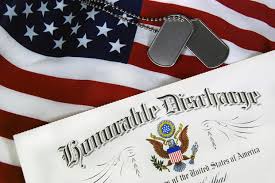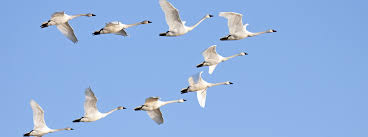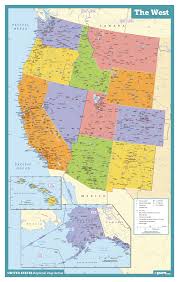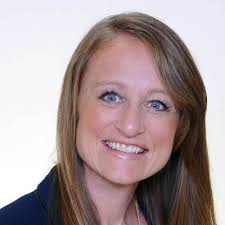The Seattle Genealogical Society receives many interesting and valuable donations. One such donation came in the mail from a gentleman in another state. Inside the letter was a post card with a photo of a man on it. The caption read “Old Man Ryan Ex US Navy.” Above his photo was a set of letters and numbers reading W7FSH. What is this? There were smaller words above the strange code that said: Amateur Radio Station.
The post card sent to us was a QSL card. A “calling card” for a Ham Radio Operator. Wikipedia says this about QSL cards: “it is a written confirmation of either a two-way radio communication between two amateur radio stations or a one-way reception of a signal from an AM radio, FM radio, television or shortwave broadcasting station. The QSL card derived its name from the Q code ‘QSL’. A Q code message can stand for a statement or a question (when the code is followed by a question mark). In this case, ‘QSL?’ (note the question mark) means “Do you confirm receipt of my transmission?” while ‘QSL’ (without a question mark) means “I confirm receipt of your transmission.”.
According to a knowledgeable volunteer at Seattle Genealogical Society, the QSL card is used to confirm contact between two radio stations, in a creative, personalized way. This QSL card was telling the recipient “W8JPY” that W7FSH had not received the maps that he requested. Our volunteer explained that Ham Radio Operators exchange these cards not only to let the other operator know that they contacted one another, but as a “simple gathering of printed documentation of a ham’s communications over the course of his or her radio career” from locations all over the world.
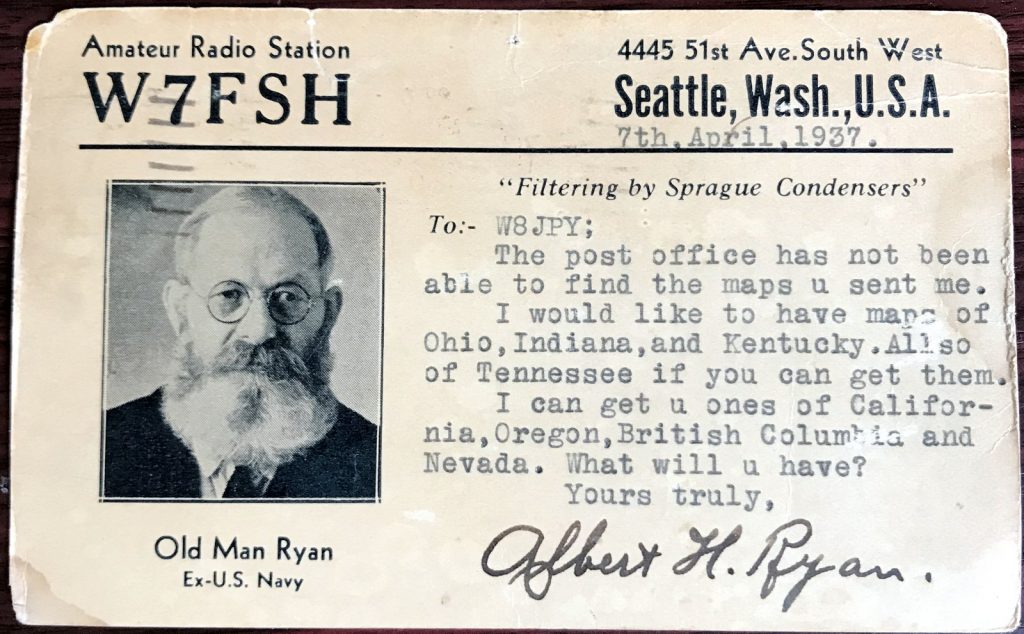
The name under the photo “Old Man Ryan” has a special meaning also. Male radio operators are called “Old Man” while female radio operators are called “Young Lady”. Each operator creates a card with enough information on it so that the person receiving the QSL will know just where in the world they came from. As you can see on this card Mr. Albert H. Ryan used to be in the US Navy, lives in Seattle and his station call letters are W7FSH. The date that Mr. Ryan communicated with the station W8JPY (Mr. K.S. Vogt of the Tower Club at Ohio State University) was 7 April 1937.
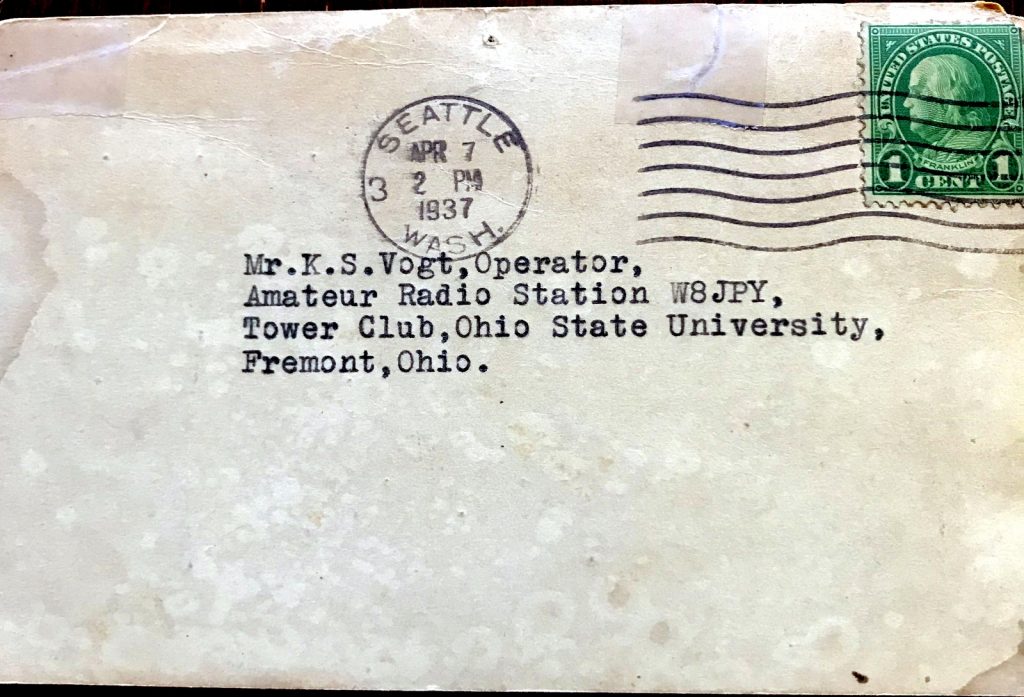
QSL cards are still in use today and our volunteer has a vast collection of her own cards with one sent from Christmas Island!
Thanks to Mr. David Doss from Michigan for sending us this card and to A.W. for her explaining its significance to us.
Sue Jensen, Director of the Library, Seattle Genealogical Society

